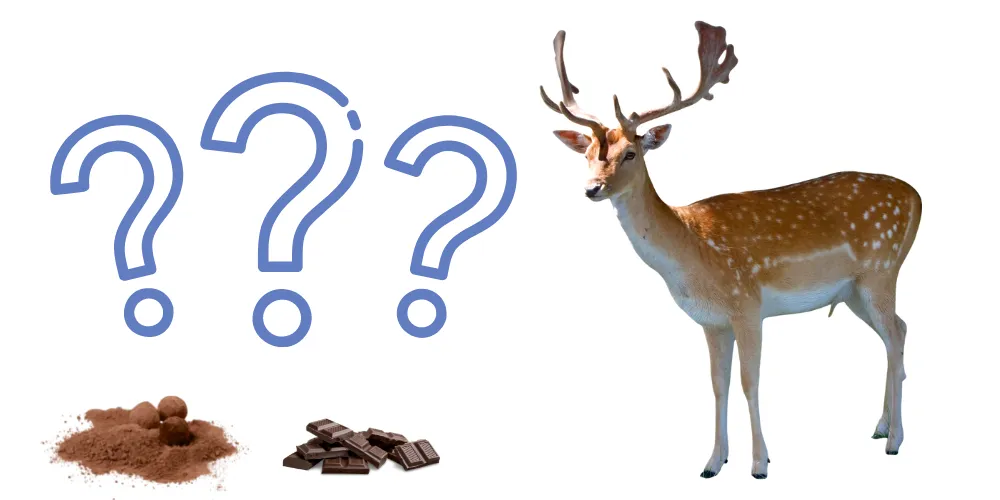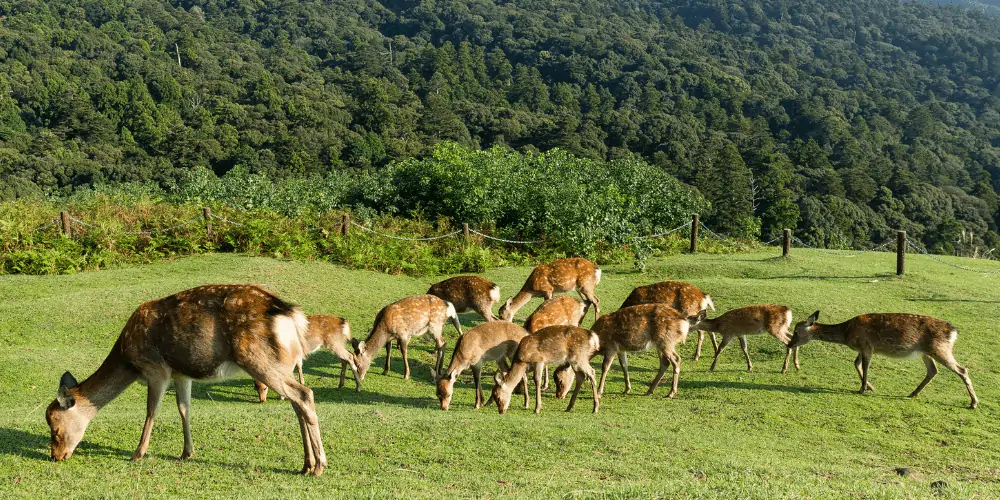For as long as deer have been on the menu, hunters have used all kinds of methods and different foods to attract deer to make hunting a little more predictable. What about chocolate? Can deer eat chocolate?
Chocolate should never be given as a treat for deer. Chocolate contains theobromine, the primary bitter-tasting alkaloid found in chocolate. Deer cannot metabolize theobromine as people can. The substances accumulated in the deer’s body in an amount that can be toxic or even fatal.
Why is Chocolate Bad for Animals?

Have you ever heard of chocolate poisoning?
Though it seems hard to believe for us humans who have chosen chocolate to be the sweet of choice for most holidays (or whenever one feels the need to indulge), chocolate poisoning is real and can be catastrophic to animals.
However, there are other reasons why chocolate should be kept away from animals.
Many species of hungry animals (particularly hungry wild animals) will go outside of their regular diet to eat. When food becomes scarce, animals can eat things they’re unfamiliar with- such as human food.
Tooth Decay
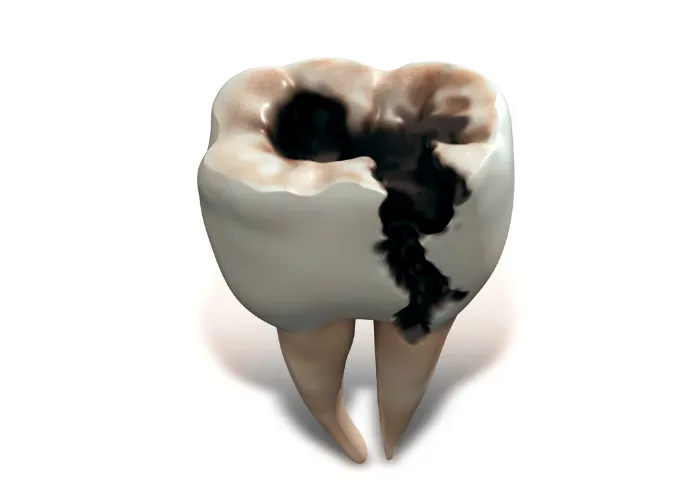
Poisoning aside, tooth decay can become a killer to animals. Everyone knows that chocolate can rot teeth when left alone. Wild animals aren’t out there brushing their teeth, right?
Not only can the animal become weakened by not being able to eat properly due to an affected tooth, but an infection from tooth decay can kill an animal (as well as humans by the way), after entering the bloodstream.
At the least, an ill, weakened deer in the wild would become an easy target for predators in a hurry. Something as simple as a bad couple of teeth can become a death sentence for many animals.
Decay is only one reason why you shouldn’t give animals chocolate. It is toxic to most animals because of the cocoa within the chocolate, which contains a chemical called theobromine.
What is Theobromine?
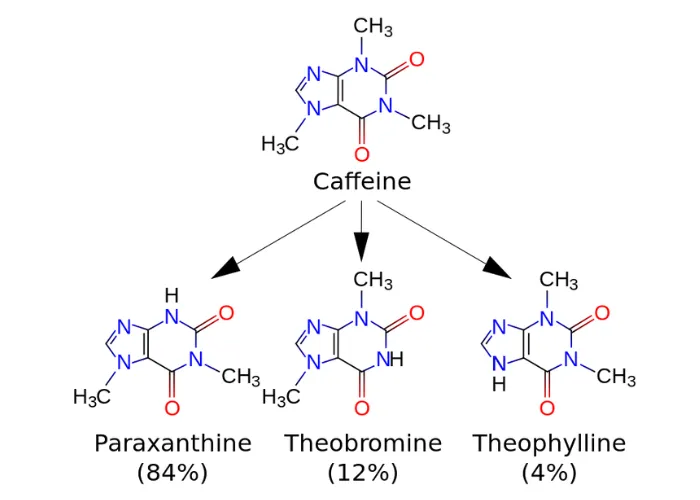
Theobromine is a chemical that is found in cocoa, which is the main ingredient in chocolate. This chemical is responsible for many deaths and illnesses in dogs and also cats.
Theobromine can be found in cocoa, the leaves of the tea plant, and the kola nut (among other places and other foods).
Animals who are in danger of theobromine poisoning cannot naturally metabolize the alkaloid fast enough and can suffer consequences by eating a small amount.
Vomiting, diarrhea, over-hyperactivity, seizures, tremors, heart issues, and death, are all symptoms of eating more chocolate than their system can handle (which is not much at all).
All this can happen from merely one chemical found within chocolate. Theobromine is similar to caffeine in many ways, though there is more caffeine in chocolate than there is in theobromine.
Though less toxic than theobromine, caffeine isn’t good for most animals either, as it can cause muscle control issues and also problems within their gastrointestinal tract.
Carbs are Bad for Deer
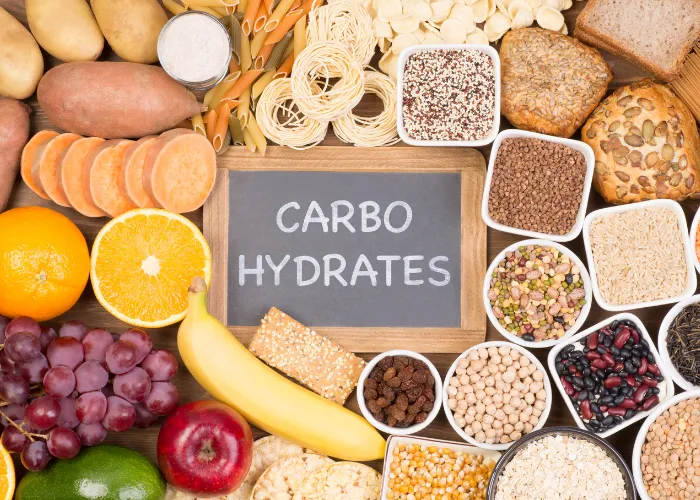
The microbial working going on within the innards of a deer is much like a well-oiled machine, designed to break down and make the most of its natural food source. However, its balance is easily thrown off when something new is introduced.
Chocolate is high in carbs. More specifically, the sugar that the chocolate is made from is high in carbs. The higher carb content throws the system of the deer out of whack, causing it to suffer from diarrhea, which could lead to dehydration.
Dehydration in the wild can lead to an excruciating death if there is no water source handy, or if it’s a time of year when food and fluids are scarce.
Can Deer Have Candy?

Though many forms of candy do not contain chocolate or more specifically theobromine, there is one common ingredient found in pretty much all candy- sugar. As aforementioned, sugar is high in carbs, and a deer’s system can’t process that correctly.
So, if you’re looking to entice a deer for a sweet, picturesque moment with nature, don’t mess it up by trying to do so with candy.
What Kind of Sweets does Deer Like?
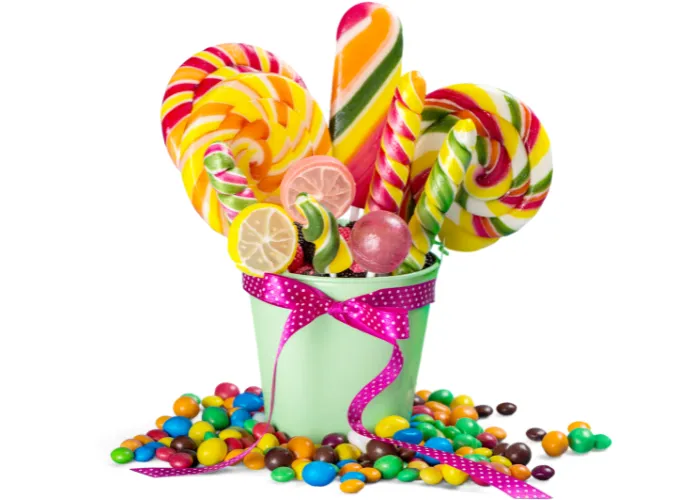
A herd of deer is happiest with what they can find in their natural habitat. When it comes to sweets, they most often won’t get any sweeter than apples.
Deer will go for a fallen apple whether it’s ripe or not. However, they really start going to work in orchards after the initial frost hits, and the fallen apples begin to grow sweeter.
This all-natural treat gives the deer a nutrition boost that helps to prepare them for their trek through the long winter months.
Because apples are a food that is provided within their natural habitat, they can digest them easily and safely- especially when compared to intrusive human-produced foods (aka chocolate).
Deer will eat a variety of fruits and vegetables that they’d be lucky enough to stumble upon. That’s one of the reasons why you’ll spot them gleaning from fields freshly harvested, sinking their teeth into any produce that didn’t make the cut.
Deer also have an affinity for nuts of all kinds. Acorns, hickory nuts, pecans, beechnuts, chestnuts, etc., are all coveted by deer.
What Food Attracts Deer the Most?
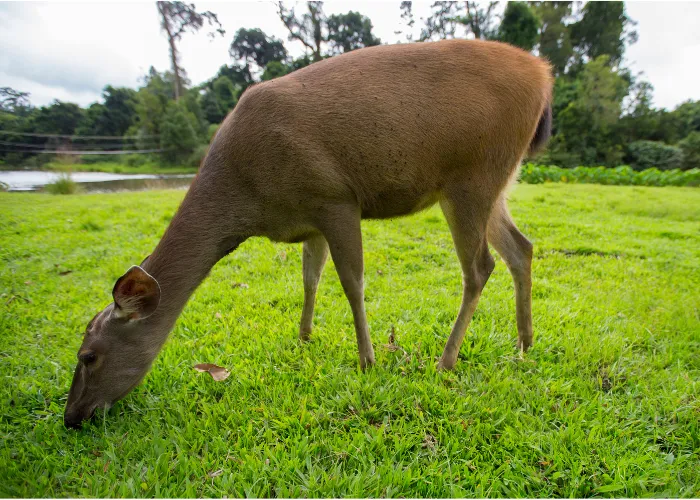
Though they do have a sweet tooth for sweet fruits, it’s typically plants that draw them into specific areas.
Orchard grass, chicory, and red clover are among the favorites enjoyed among deer.
Using fruits and vegetables work well to attract deer toward a specific area, but if you want to catch them doing their natural deer things, set up a spot among groups of their favorite natural food sources.
RELATED ARTICLE: Can Deer Eat Chocolate?
Final Thoughts

“What’s good for the goose isn’t always good for the gander.”
Humans can eat all kinds of things, but most animals can’t process the same foods as we can.
Just as we can’t eat twigs and expect to get any real nutritional value from them as deer can. We’re omnivores, deer are herbivores- two distinct food processing systems.
It doesn’t matter what the animal is. We need to remain mindful about what we decide to feed them.
If it’s not something that they would naturally find and eat in their natural habitat, then it’s a safe choice to abstain from giving it to the animal.
Some animals will eat anything without hesitation- but that doesn’t mean they won’t pay for it.

